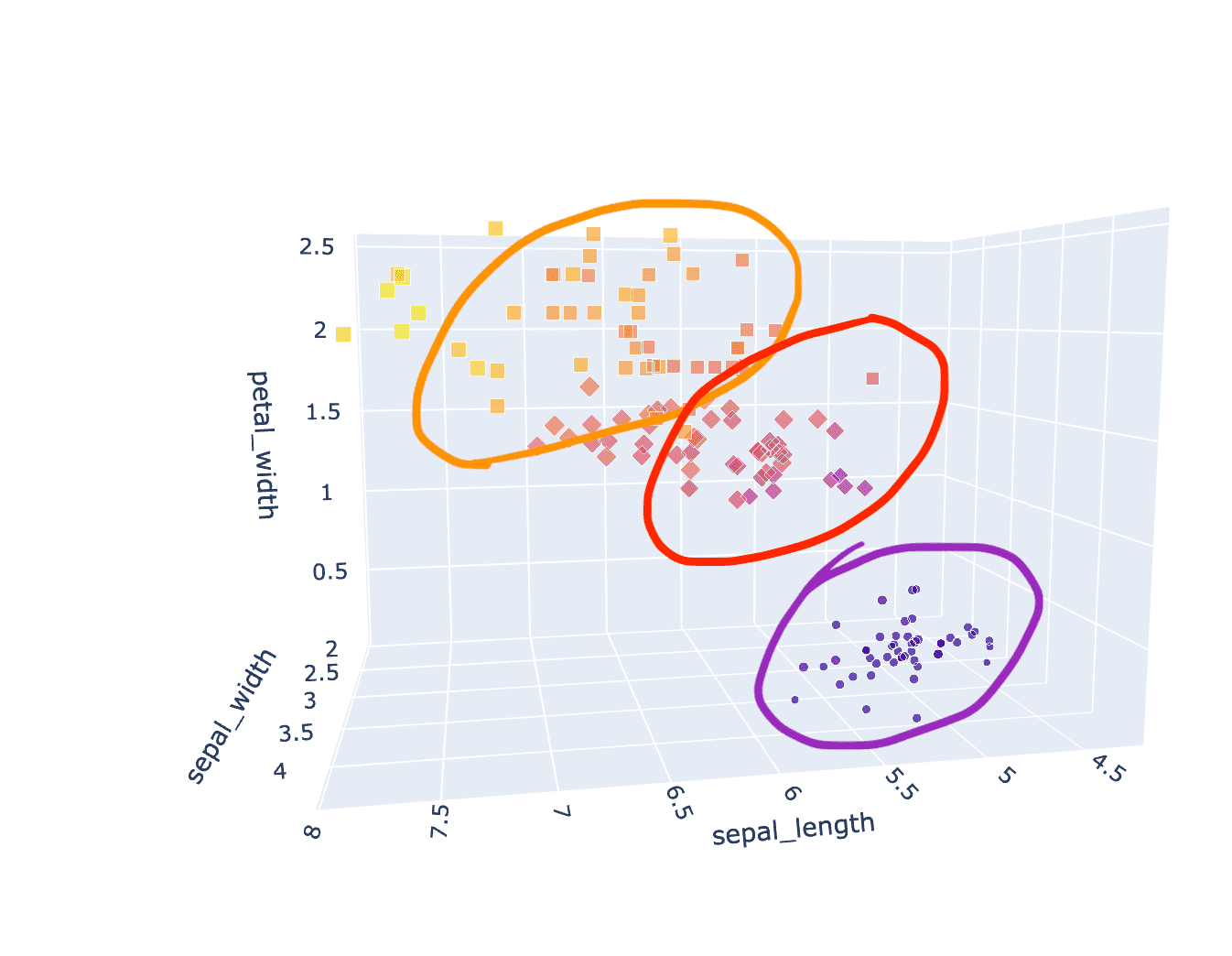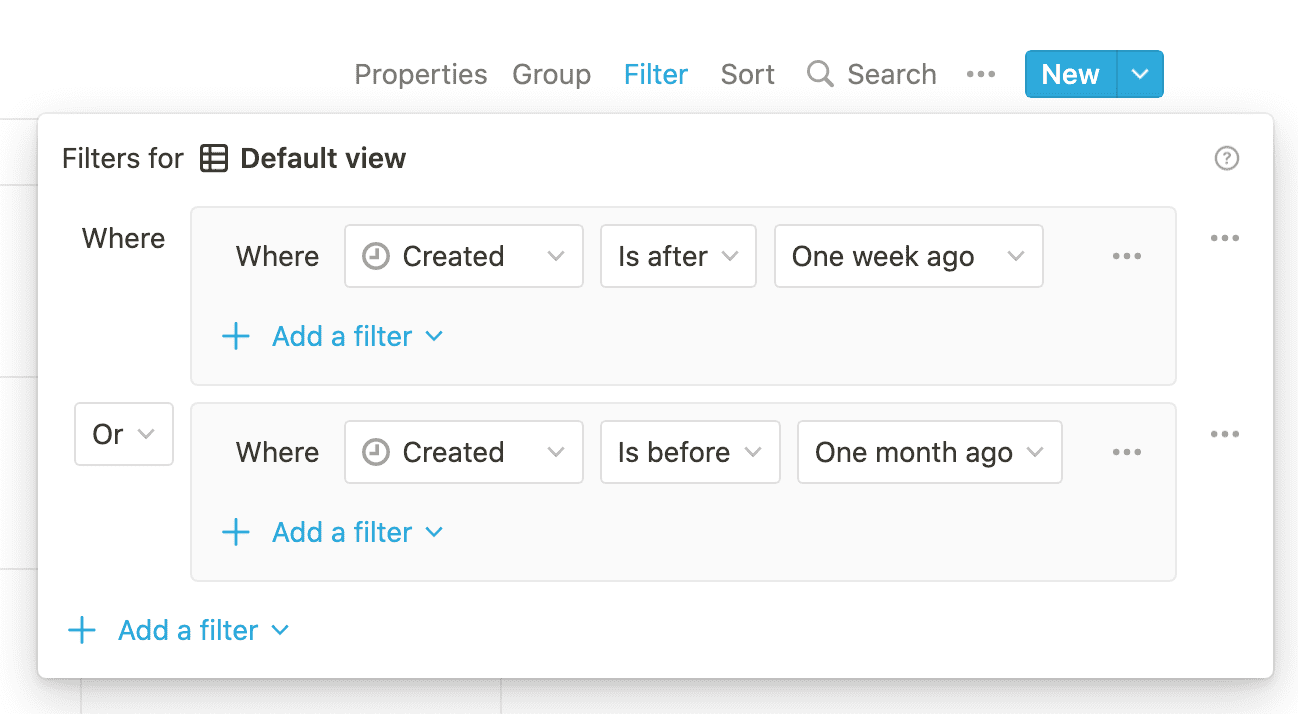Filter groups: The best practice of filtering just about anything
- Author
- Juro Oravec
- Date
- 06/03/2022
- Time
- 10 min read

Jean was searching for a new place. He's a frequent mover, this was the 2nd time in last half a year. He's moved places 5 times in the last 3 years.
Jean already had a good sense of what it entails — he looks up several property marketplace websites, he compares which ones are more popular, and which ones favour ads from landlords vs letting agents. He choses one or two, to avoid overburderning himself.
He knows that the photos and description rarely paint the full picture. The descriptions are overflowing with only the best superfluous adjectives. The photos have impossible angles like it's early 2000's. But you can barely see anything on the photos anyway, because they're overexposed so much you can't tell where a wall starts and where the furniture ends. "It's kind of like advertising. Over time, you become desensitised. You stop noticing those things and focus just on the factual points", said Jean.
What are these points? Location for one, and price for sure.
Are there glazed windows? Yes / No.
Does it have a washing machines? Yes / No.
Is it on a busy street? Yes / No.
And just like that, Jean can turn the ad — laden with emotional traps — into something that's easier for him to digest: a dataset.
Jean has interesting likings. He's a frugal chap, but he likes to have plenty of space in his rented kingdom. And so when he considers the data, right next to columns "monthly cost" and "travel time", you would find the average price per square meter, the cost of travel, and more. Not all property listings include details like that, and Jean is already used to the fact. It's even more rare so to enable to sort or filter the ads based on these conditions.
Jean was living by himself, but he's "not an old snarly hermit... just yet!", he said laughing, as he explained that he was considering two options. He could either look for something smaller, like a 50-60 m2 single bedroom flat for 400-600 EUR. Or he could move in with 1-2 other people, together living in a 100+ m2 two or three bedroom flat for 1000-1500 EUR. "I'm not hard-pressed either way", he added.
The websites Jean used for search are like any other, and so Jean had to search for the 50-60 m2 single bedroom flats for 400-600 EUR. And then he had to search for the 90-100 m2 two bedroom flats for 800-1200. And then he had to search for the 140-150 m2 three bedroom flats for 1200-1500. And then... kidding, he stopped there he claimed.
"You would've thought this is something so common that they [the property websites] would make it easier to search for these kind of things in one go", he starts. "When you have to search one-by-one, there's no easy way to compare the flats between the searches. Which flat is more cost effective, the larger one in the city centre, or a smaller one bit further out? In the end, I scraped the data from the website, just so I could put it into a spreadsheet. I've put it into a spreadsheet, did the math there, and finally I could decide which properties to prioritise."
"That's... quite a lot just to find a new place, isn't it?" I asked. "Yes, it's ridiculous" replied Jean.
Jean's a... what?
Except... there's no Jean. I'm the Jean and Jean is I. Jean is a figment to drive home the message of how tools with limited capabilities that don't sufficiently reflect our needs force us to take lengthy workarounds.
In reality, I'm actually looking for a place in Bratislava. Although, unlike Jean, I do feel like an old snarly hermit, sometimes. And I do have scraped a website just to put the data in a spreadsheet just to find the best options out there.
Sidenote: That's what I like about smaller cities. I'd need a group of 5 for a week to do the same thorough analysis for flats in London. But for Bratislava (with population of 0.5 M), I could do it in one afternoon.
The points stands though. The search would have been so much easier if I didn't have to do this extra legwork on my end, in spreadsheets, and instead just leverage the system that already exists to do what's basically just a more advanced search query.
Here comes the boy filter groups
This is where the concept of filter groups come in. And by filter groups, I mean the ability in the user interface (UI) to group filter conditions, and in turn apply all these groups together. So I can apply conditions like price ranges across distinct ranges (400-600 OR 800-1200 EUR), and the results I get back have considered them all.
Just see how Notion did it. You wrap the conditions in a group, then you add a new group, and then set their boolean operator. Sweet. Simple. Sexy.

It's a piece of cake
Close your eyes and imagine how your data would look like on a 2D or 2D graph. Whatever data you work with — whether it's property listings or something else — practically it's just datapoints scatttered in a multidimensional space. Price is one dimension, size is another, and so are booleans like "has double glazing", etc. Actually, don't close your eyes, here's an example:
And search filters? Well, filtering is like cutting out slices out of this multi-dimensional cake. You can cut the cake up in different ways to get different slices, like so:

Without the filter groups, you can only create the slices one by one. You either look at one bedroom flats for 400-600, OR you look at two bedroom flats for 1200-1500 EUR, but not both.
But with filter groups, you can effectively pool the data from multiple slices. I can look at the flats for 400-600 AND the flats for 1200-1500! It's like cutting up the cake and taking two (or three or four) slices that are not touching their sides! So I hope you've washed your hands...
Note: When you think about it, NOT supporting multiple filter groups is effectively just the case of supporting only 1 filter group at all times. 🤔
*Slaps cake* This cake can be cut up in so man- ...oh
Clearly, it's good to support filter groups. It'll make your users happy. It'll give them capabilities that probably even you didn't think of. So, how would you go about implementing something like that?
Note: This is not a new concept, and so I'm sure there are more great resources on implementing the filter groups.
Let's start with the user's perspective.
User interface
For UI, it's fairly obvious. You'd want to give user a way to compartmentalise (wrap up and isolate) the filter conditions.
Example 1:
You could wrap the filters in tabs. User could add or remove a tab, which would represent adding or removing a filter group. The old filter settings would live in the tab's content, and the filter settings between each tab would be independent from others.
Example 2:
Or you can define the filter groups as a building blocks, akin to how Notion does it (see above).
Either way, everything that's inside the group is applied together (logical AND). And the groups themselves are chained among each other either with logical OR (pool results together), or AND (select overlap).
Behind the scenes
The change in the UI does make it a difference for the system the handles the user input.
Example 1
If you consider simplest implementation, you're probably thinking of filter conditions being held in an object of filter:value pairs.
Well, if we're going to support multiple groups, we naturally have to extend this to an array of objects.
// Before - single filter group
const filters = {
rangeMin: 400,
rangeMax: 600,
};
// After - many filter groups
const filters = [
{
rangeMin: 400,
rangeMax: 600,
},
{
rangeMin: 1200,
rangeMax: 1500,
},
];Example 2
Alternatively, your system may represent filters as an array of { key: String, value: Any } entries.
Here we could simply add a third field to the entries, group, to distinguish between groups:
// Before - single filter group
const filters = [
{ key: 'rangeMin', value: 400 },
{ key: 'rangeMax', value: 600 },
];
// After - many filter groups
const filters = [
{ key: 'rangeMin', value: 400, group: 0 },
{ key: 'rangeMax', value: 600, group: 0 },
{ key: 'rangeMin', value: 800, group: 1 },
{ key: 'rangeMax', value: 1200, group: 1 },
];Sending the filter groups to the server
You're most likely to come across filters on e-commerce or ads sites, just like I did. In these cases, there's several ways how the filter state is sent to the server.
Example 1: Filter as query parameters - each filter field is separate query param
Query parameters, are, quite literally, made for this, so it makes sense to use them.
The website may encode the filter as top top-level query params. This works for a single filter, but it's problematic for multiple filters.
?rangeMin=400&rangeMax=500If your server supports array indices in query params, you could modify the above to the following:
?filters[0].rangeMin=400&filters[0].rangeMax=600And multiple filters would thus be
?filters[0].rangeMin=400&filters[0].rangeMax=600&filters[1].rangeMin=800&filters[1].rangeMax=1200Example 2: Filter as query parameters - filters encoded as JSON
I've also seen the following format used, where the filter state is effectively set as a JSON:
?filters={rangeMin:400,rangeMax:600}This one would be a tad easier to modify, as we just wrap the object in an array:
?filters=[{rangeMin:400,rangeMax:600},{rangeMin:800,rangeMax:1200}]Example 3: Filter state as post body, GraphQL query, or other
In most other situations, you'll probably do the same thing as we did above with encoding the filters as a JSON.
Querying the database
At the other end of the server, the request will be likely directed at some database.
When we are querying the database for a single filter group, we're sending a single request. But for the filter groups, we have two ways to approach it:
Example 1 - Query database for each of the filter group
Just as it says, we would query the database for each filter group and join the results at the end. Be mindful of deduplication in this case!
This makes it easier for you if you're working with any kind of ORM or other frameworks that talk to the database for you.
Example 2 - Construct single query from multiple groups
It might be a lot more complex to do this, but it's not impossible. If you can construct a single query, you'll get your results in a single request, and deduplication will be (most likely) handled for you!
Conclusion
And there you have it buddy, congratulations! You now know why filter groups are a good idea, and you know how to implement them. Filter groups are a feature that can really simplify tasks of your more demanding users. So go get 'em! ...and make my life easier please!

Login to view comments